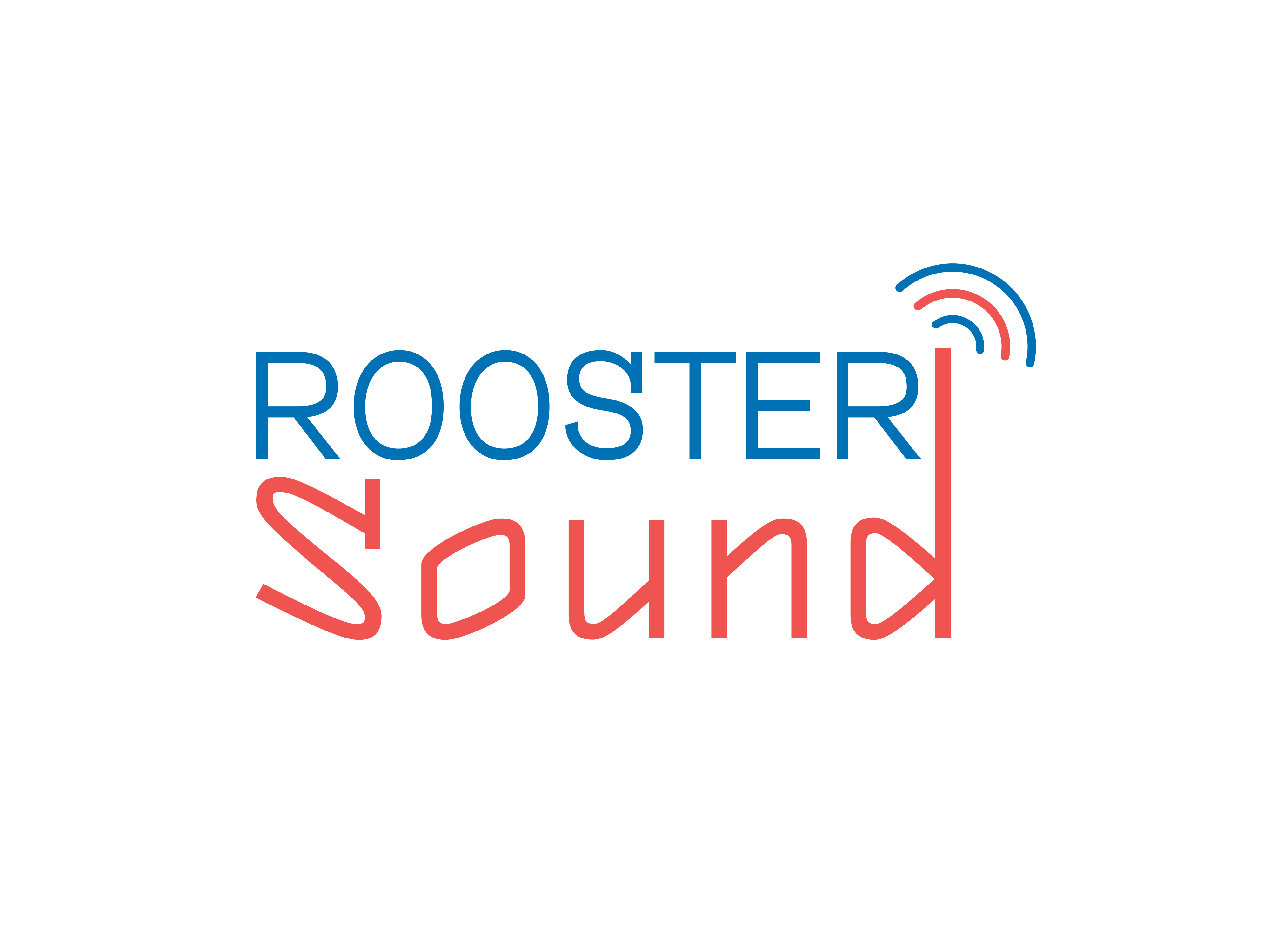HAZOP vs. Other Risk Assessment Methods: Which One to Choose?

Understanding HAZOP Study and Its Importance
A HAZOP Study (Hazard and Operability Study) is a structured and systematic approach for identifying potential hazards and operational issues in industrial processes. It is widely used in industries like chemical, oil & gas, pharmaceuticals, and manufacturing to ensure process safety. The study involves a multidisciplinary team that analyzes process deviations and their possible causes, consequences, and safeguards.
The primary objective of HAZOP is to enhance safety by identifying design weaknesses, equipment failures, and operational errors before they result in accidents or significant process disruptions. This approach is highly effective in reducing risks, ensuring regulatory compliance, and improving overall process reliability.
Key Components of a HAZOP Study
- Defining the Scope – Establishing the boundaries and objectives of the study.
- Selecting the Team – Involves experts from different domains, including process engineers, safety specialists, and operators.
- Analyzing Deviations – Identifying deviations using guidewords like “more,” “less,” “as well as,” “part of,” etc.
- Determining Consequences – Evaluating potential risks associated with deviations.
- Recommending Safeguards – Suggesting corrective actions to mitigate risks.
While HAZOP is one of the most comprehensive methodologies, it is essential to understand how it compares with other risk assessment methods.
Comparing HAZOP with Other Risk Assessment Methods
Several risk assessment methodologies are commonly used across industries, each offering unique advantages and limitations.
1. HAZOP vs. What-If Analysis
What-If Analysis is a qualitative method where a team poses hypothetical scenarios (e.g., “What if the valve fails?”) to identify hazards and evaluate potential consequences.
Key Differences:
- HAZOP follows a systematic guideword-based approach, whereas What-If relies on brainstorming.
- HAZOP is more structured and detailed, making it suitable for complex processes, while What-If is quicker but less exhaustive.
- What-If is often used in early design stages, while HAZOP is preferred for detailed engineering assessments.
2. HAZOP vs. Failure Mode and Effects Analysis (FMEA)
Failure Mode and Effects Analysis (FMEA) is a structured approach that identifies potential failure modes in a system, determines their impact, and prioritizes corrective actions.
Key Differences:
- HAZOP focuses on process deviations and their consequences, whereas FMEA identifies specific failure modes of components.
- FMEA assigns a Risk Priority Number (RPN) to rank failure modes, while HAZOP does not use numerical scoring.
- FMEA is better suited for product design and reliability engineering, whereas HAZOP is primarily used for process safety.
3. HAZOP vs. Bow-Tie Analysis
Bow-Tie Analysis is a graphical representation of risk management, showing pathways from causes to consequences with barriers in place.
Key Differences:
- HAZOP is a brainstorming-based technique, while Bow-Tie visually maps risk scenarios.
- Bow-Tie provides a clear visual representation of barriers and escalation controls, making it effective for communication.
- HAZOP is more detailed and suitable for complex chemical or industrial processes, while Bow-Tie is used for high-level risk assessments.
4. HAZOP vs. Layers of Protection Analysis (LOPA)
Layers of Protection Analysis (LOPA) is a semi-quantitative approach that evaluates the effectiveness of safety barriers.
Key Differences:
- HAZOP identifies hazards but does not quantify risk levels, whereas LOPA assigns risk values to different scenarios.
- LOPA provides a numerical estimate of risk reduction, making it useful for regulatory compliance.
- HAZOP is broader in scope, whereas LOPA is typically performed after a HAZOP study to assess safeguards in depth.
5. HAZOP vs. Job Safety Analysis (JSA)
Job Safety Analysis (JSA) is a technique used to assess risks associated with specific tasks or job roles.
Key Differences:
- HAZOP evaluates process-level risks, whereas JSA focuses on task-specific hazards.
- JSA is practical for workplace safety measures, while HAZOP is used for large-scale industrial operations.
- HAZOP is more comprehensive, requiring a multidisciplinary team, whereas JSA can be conducted by safety officers.
Choosing the Right Risk Assessment Method
Selecting the appropriate risk assessment method depends on several factors, including industry type, process complexity, regulatory requirements, and resource availability.
| Criteria | HAZOP | What-If | FMEA | Bow-Tie | LOPA | JSA |
|---|---|---|---|---|---|---|
| Process Complexity | High | Medium | Medium | Low | High | Low |
| Quantitative Approach | No | No | Yes | No | Yes | No |
| Best for Engineering Design | Yes | No | Yes | No | Yes | No |
| Regulatory Compliance | Yes | No | Yes | Yes | Yes | Yes |
| Ease of Implementation | Medium | High | Medium | High | Medium | High |
The Role of Fire Audit and Safety Audit in Risk Management
While risk assessment methods like HAZOP help in identifying hazards, ensuring workplace safety requires periodic Fire Audit and Safety Audit assessments.
Fire Audit: Ensuring Fire Safety Compliance
A Fire Audit evaluates fire hazards, emergency response measures, and compliance with fire safety regulations. It includes assessing fire detection systems, escape routes, firefighting equipment, and employee training programs.
Safety Audit: A Holistic Approach to Workplace Safety
A Safety Audit is a systematic evaluation of workplace hazards, safety protocols, and regulatory compliance. It helps organizations maintain a safe working environment by identifying gaps in safety procedures and recommending improvements.
The Importance of Process Safety Management (PSM)
Implementing Process Safety Management ensures that industrial processes operate safely and efficiently. PSM focuses on managing hazards associated with chemicals, equipment, and operating procedures. It includes process hazard analysis, mechanical integrity assessments, and employee training.
How a Safety Consultant Can Help in Risk Assessment
Hiring a Safety Consultant can significantly improve workplace safety by providing expert guidance on hazard identification, risk mitigation, and regulatory compliance. Safety consultants help industries implement best practices in HAZOP, fire safety, and process safety management.
Conclusion
Choosing the right risk assessment method depends on the industry’s specific needs and regulatory framework. While HAZOP Study remains the most detailed and structured approach, other methods like What-If, FMEA, Bow-Tie, LOPA, and JSA have their own applications. A combination of these techniques, along with regular Fire Audits, Safety Audits, and Process Safety Management, ensures a robust safety culture. Engaging a Safety Consultant can further enhance risk assessment strategies, ensuring long-term compliance and workplace security.






